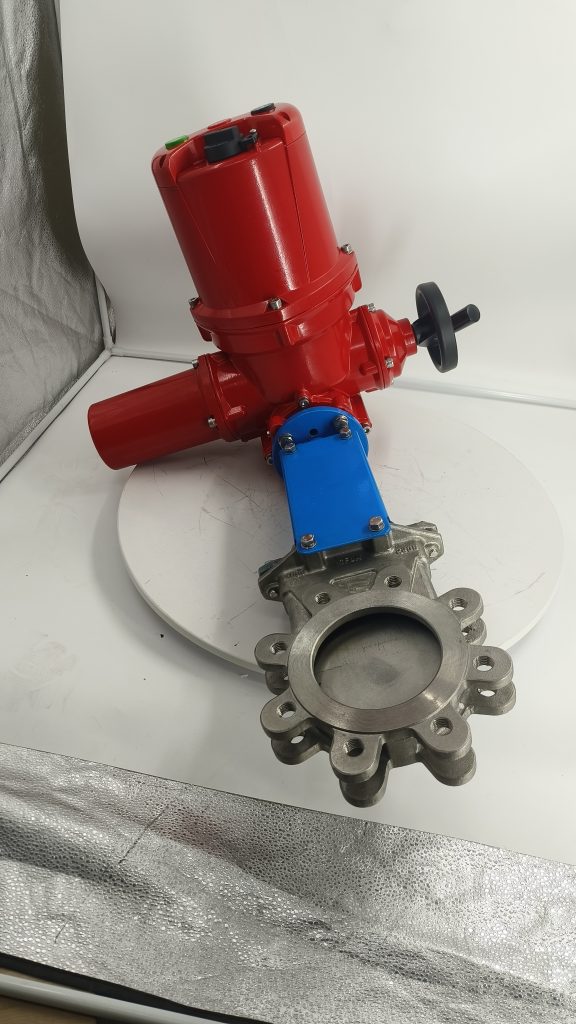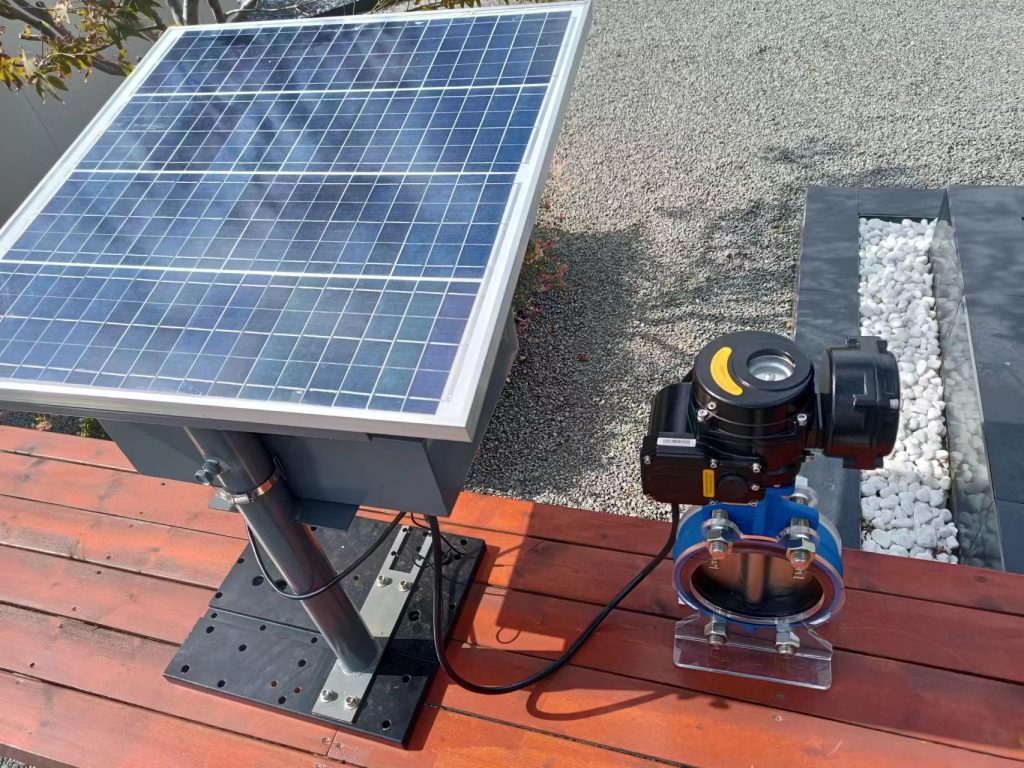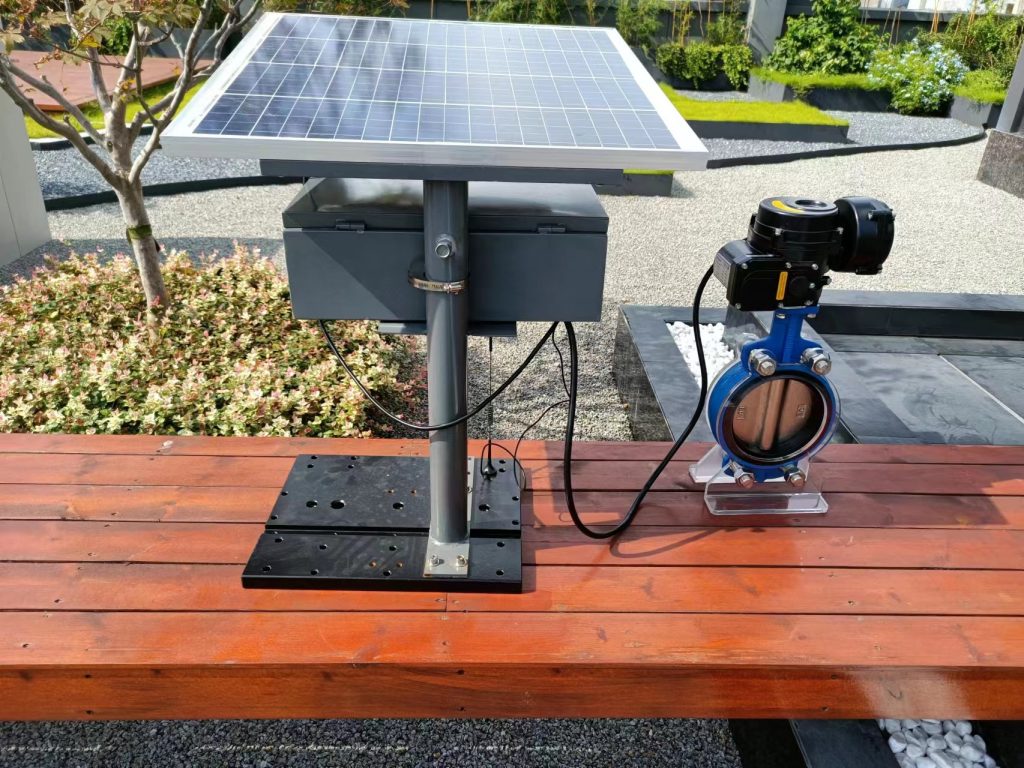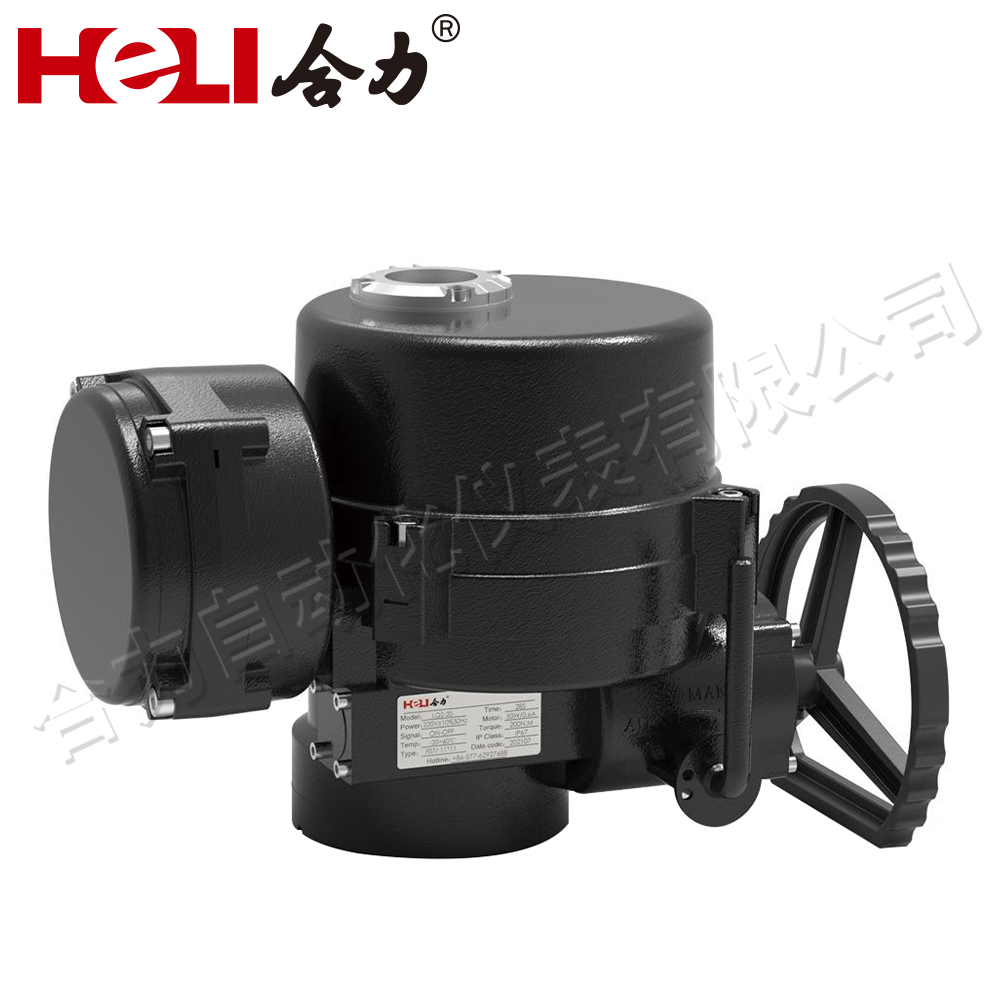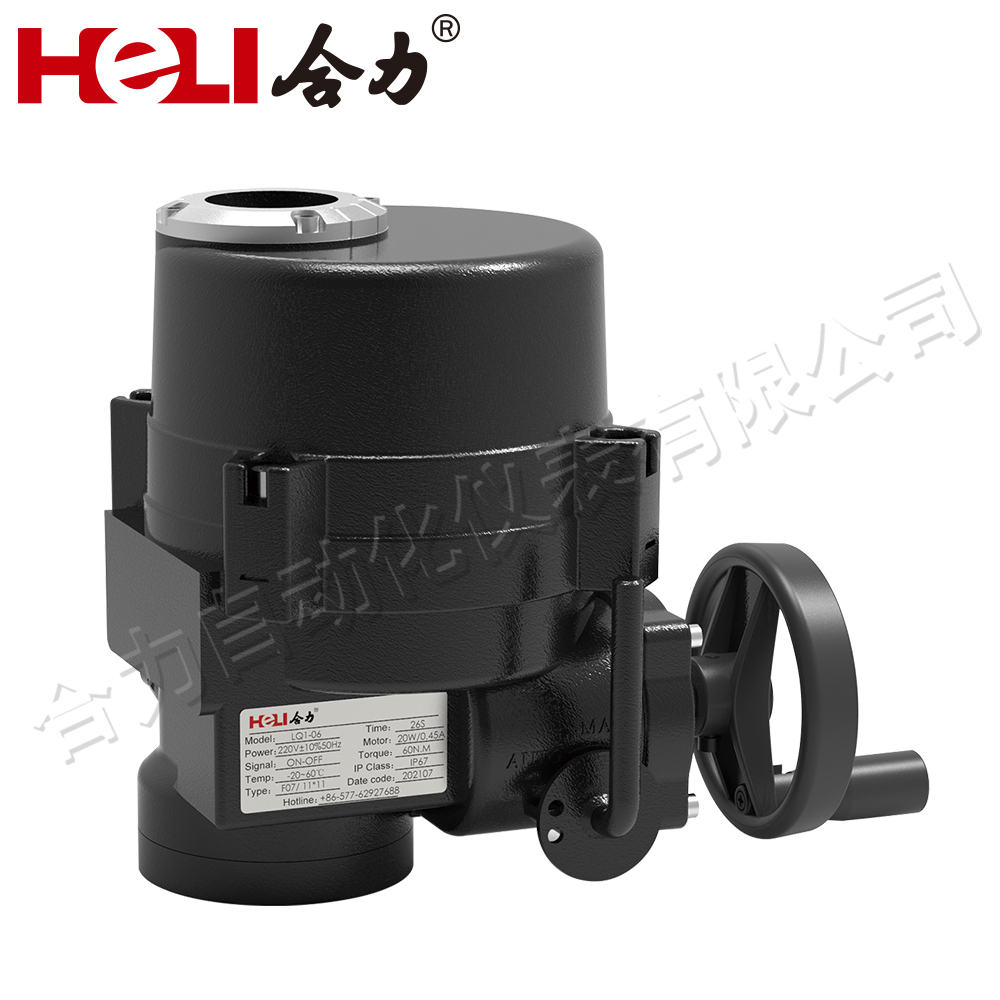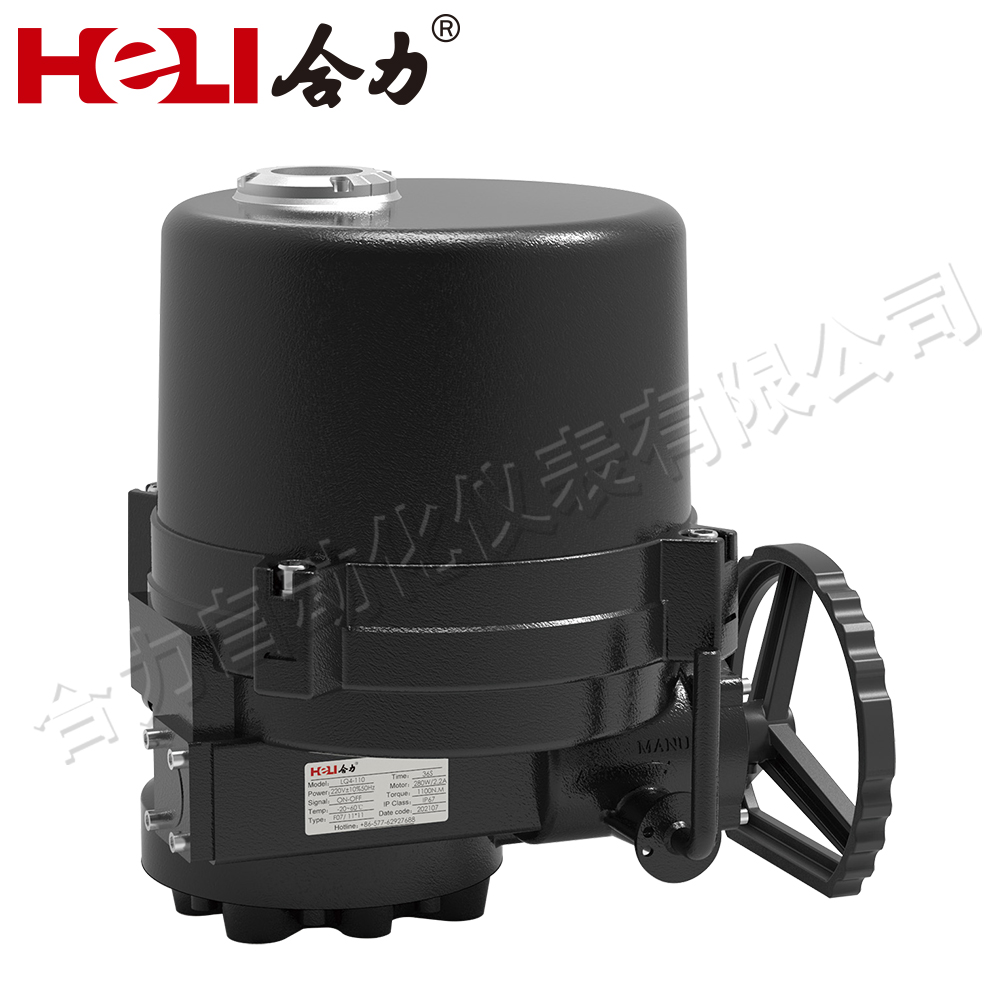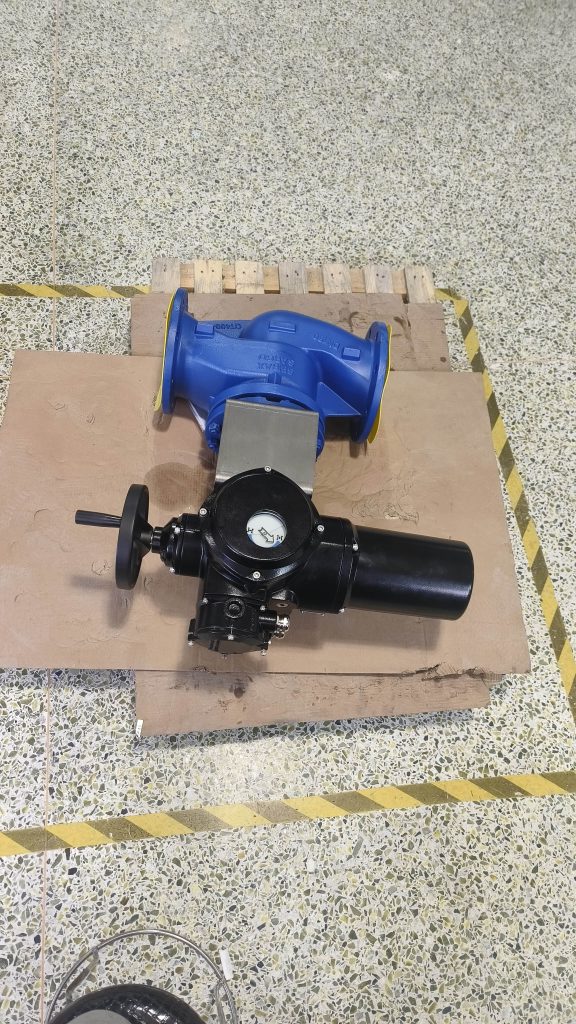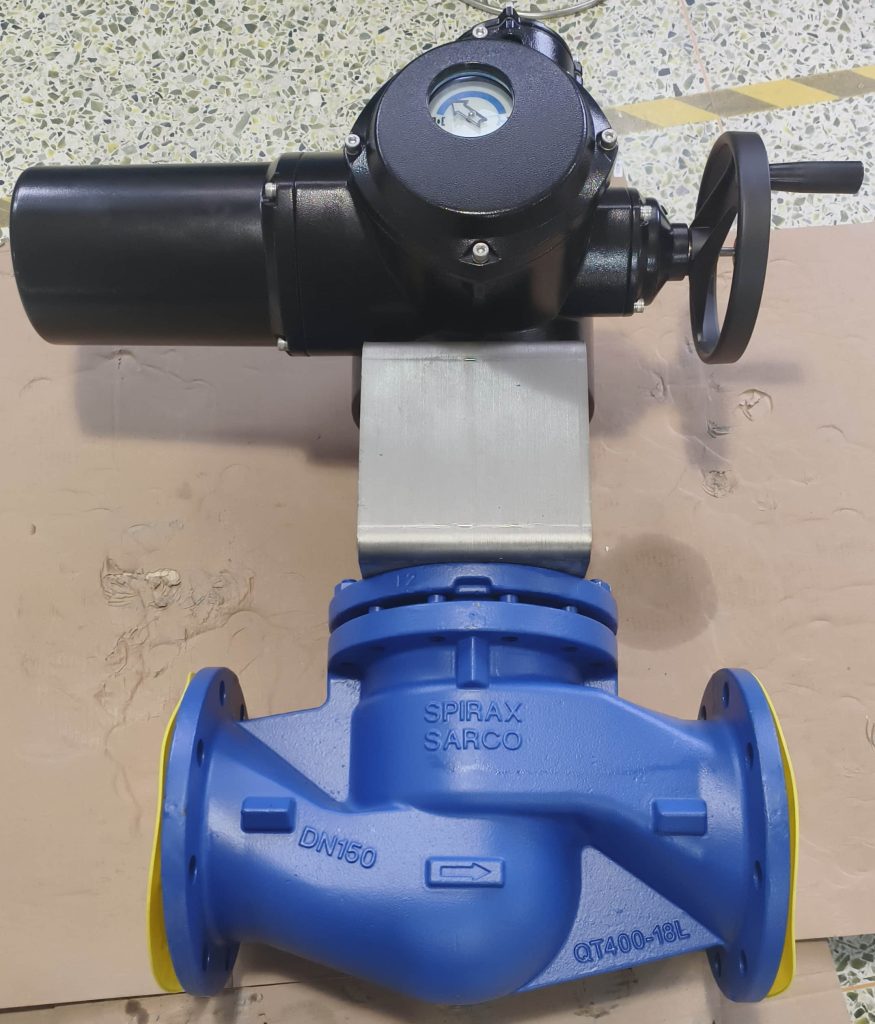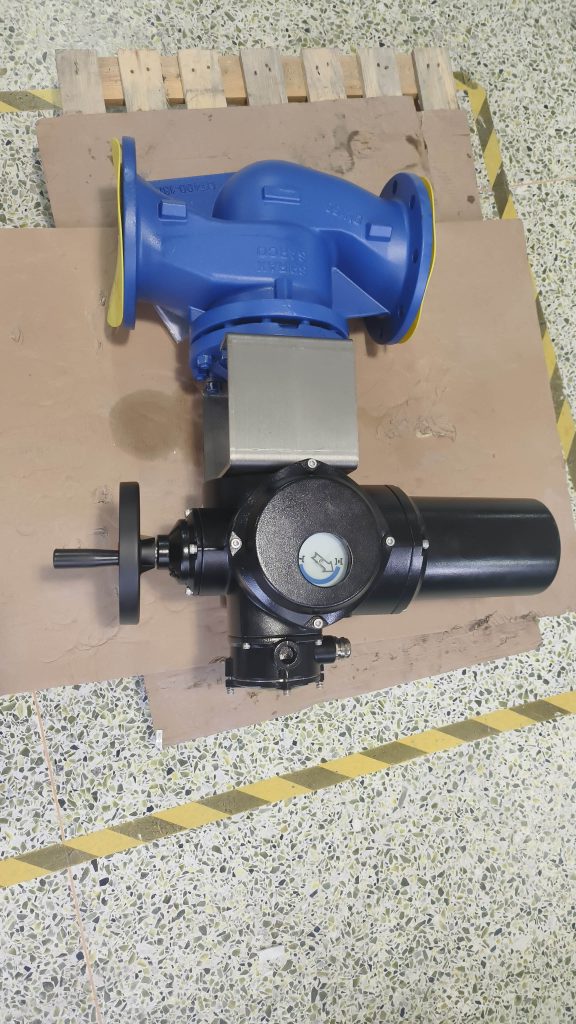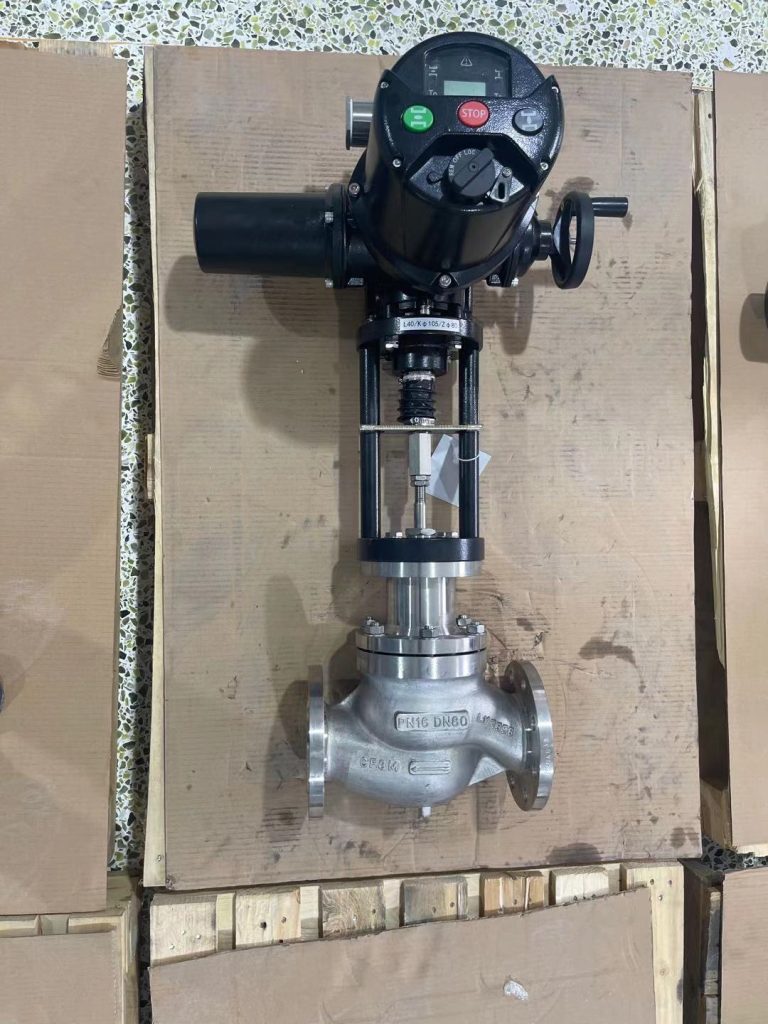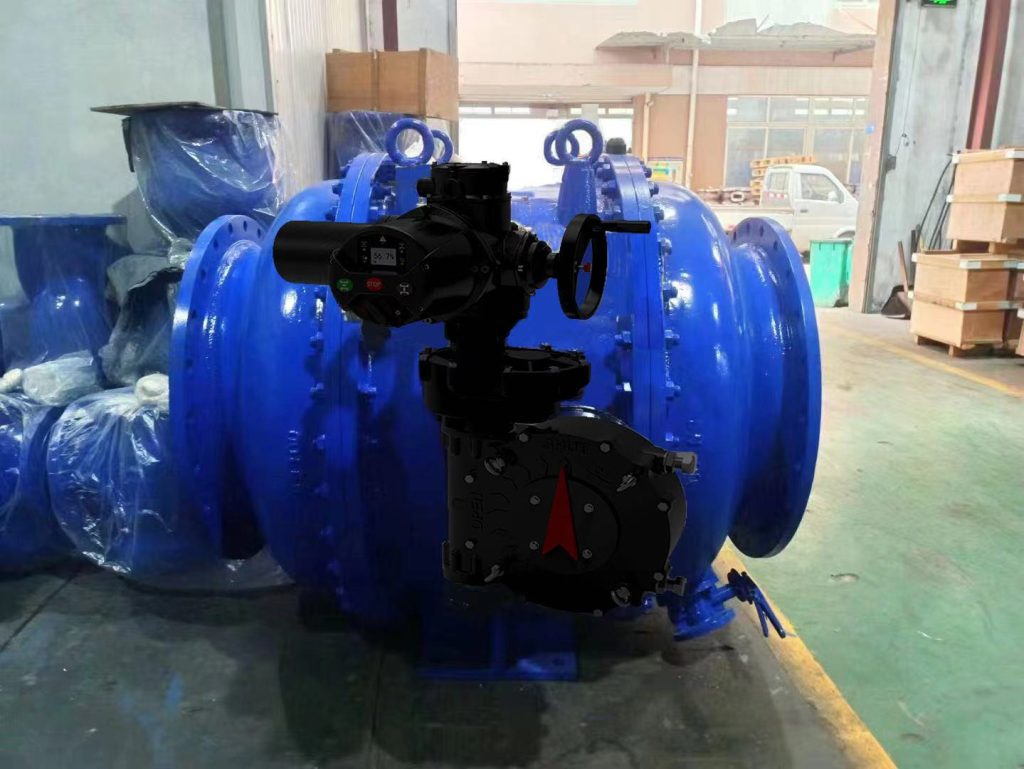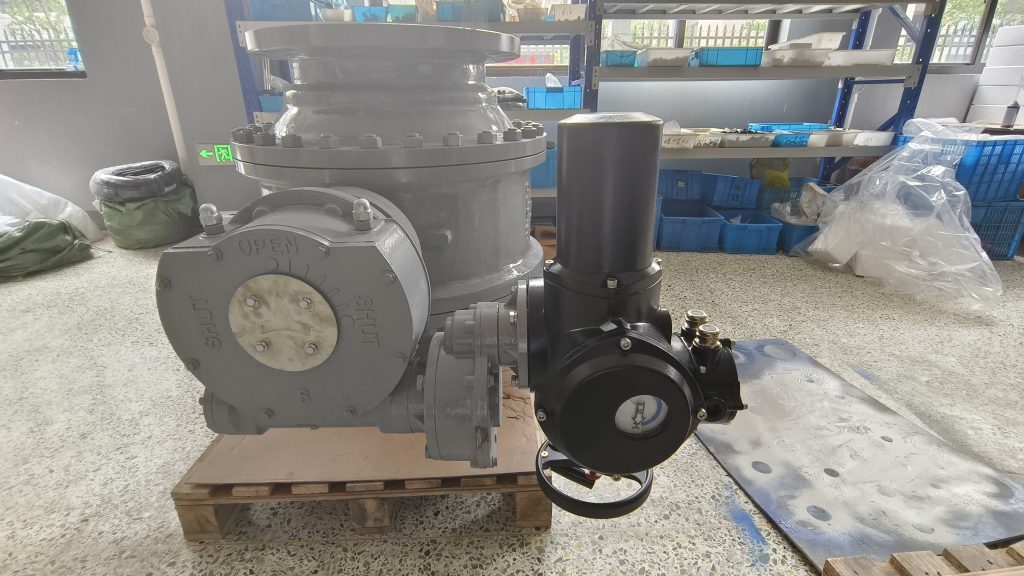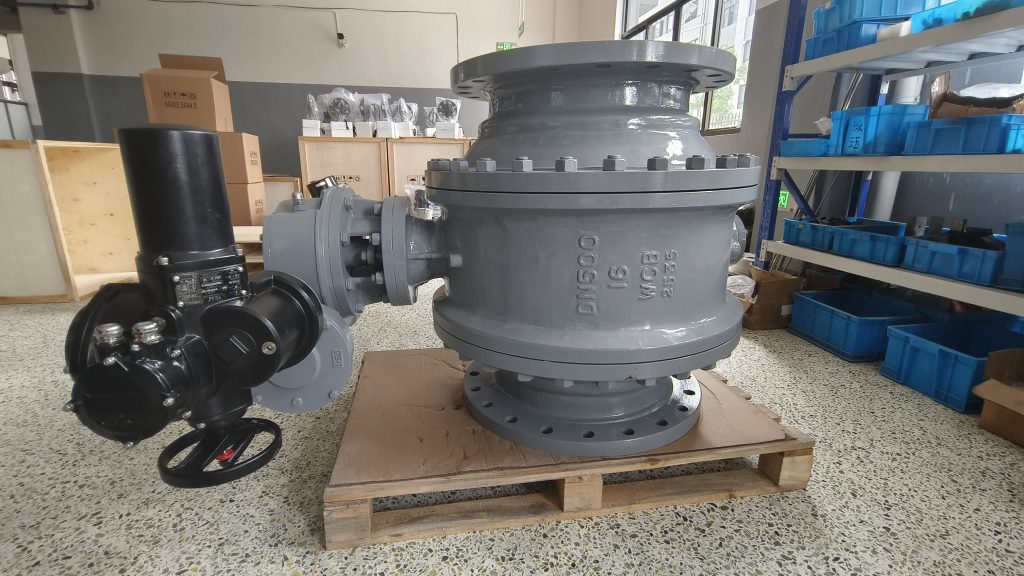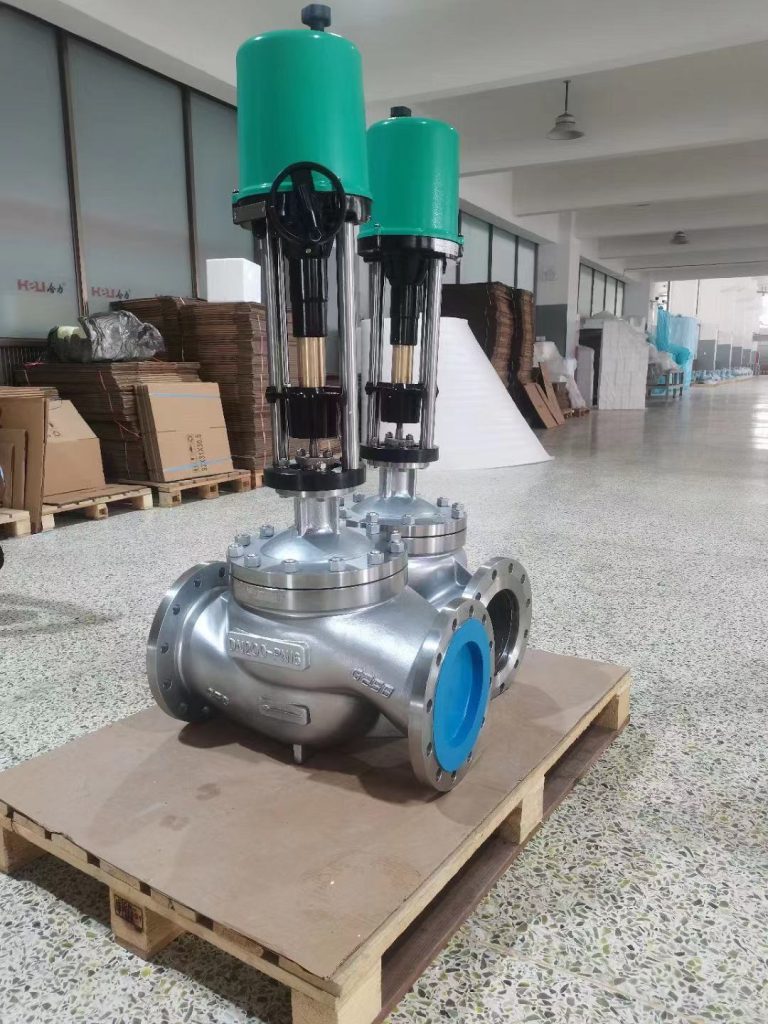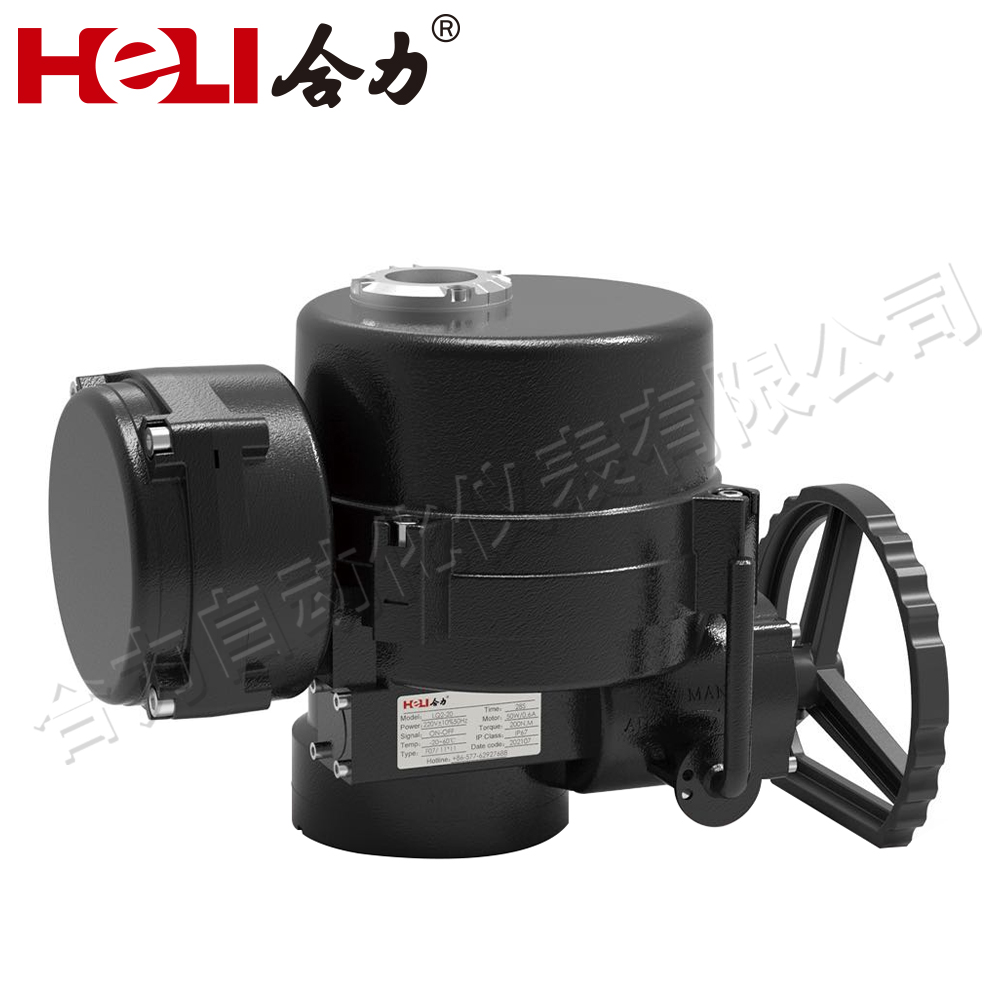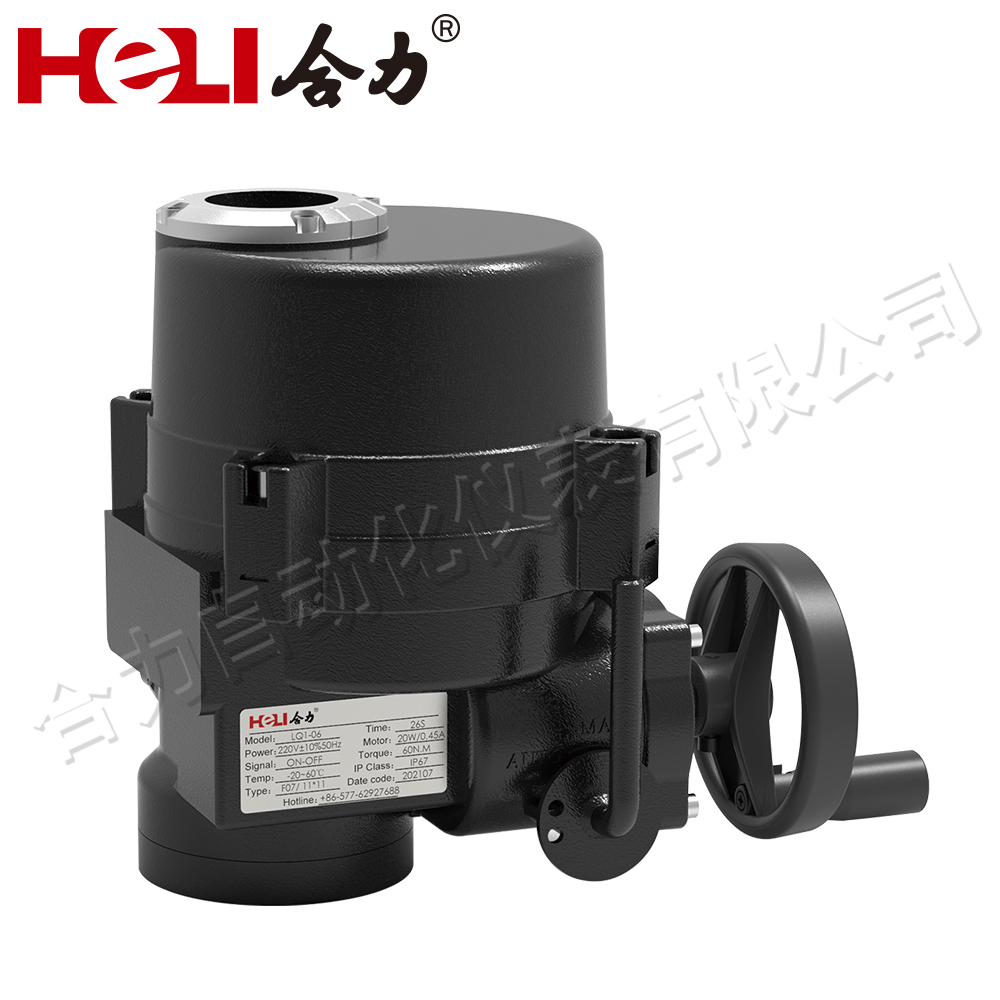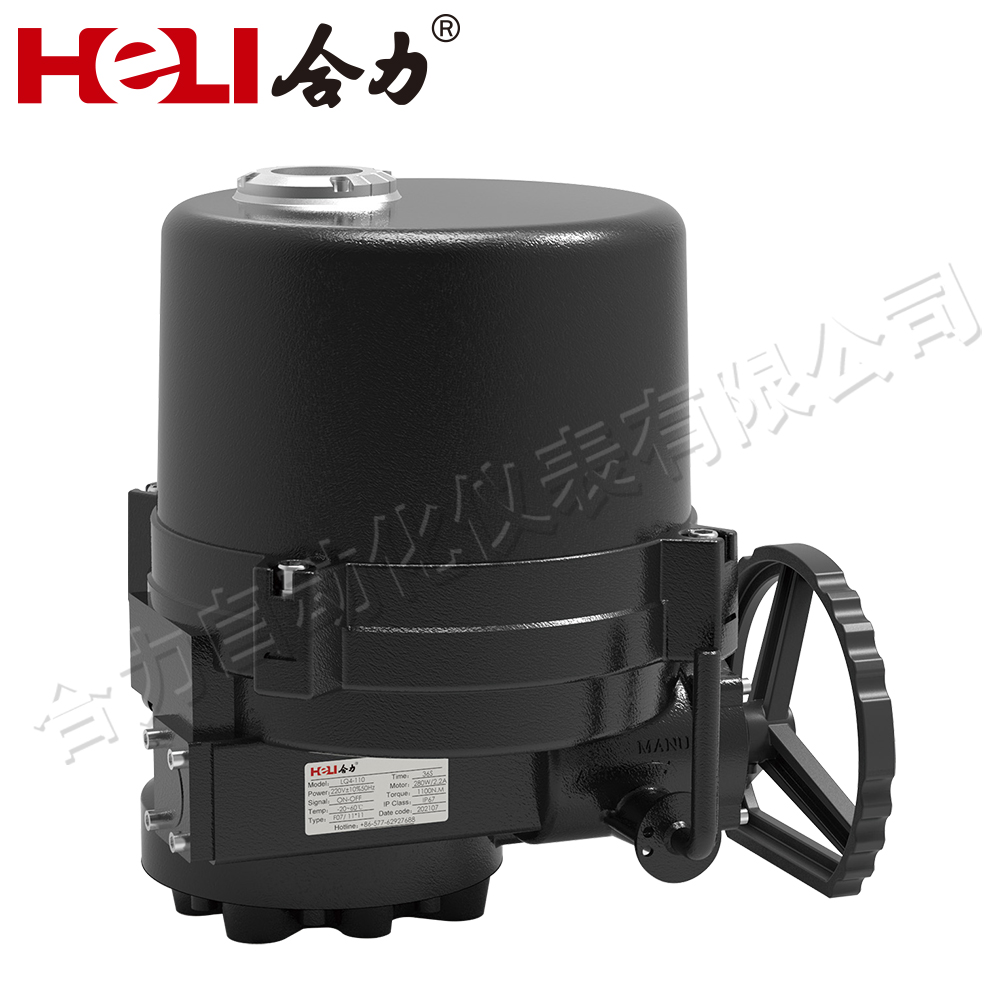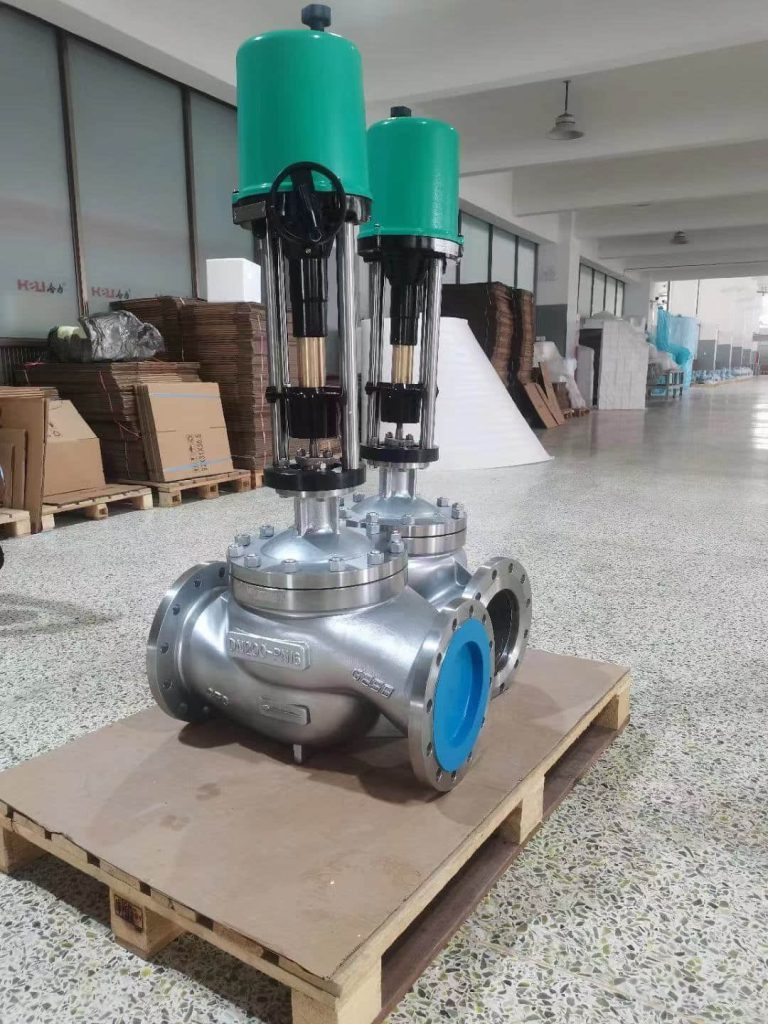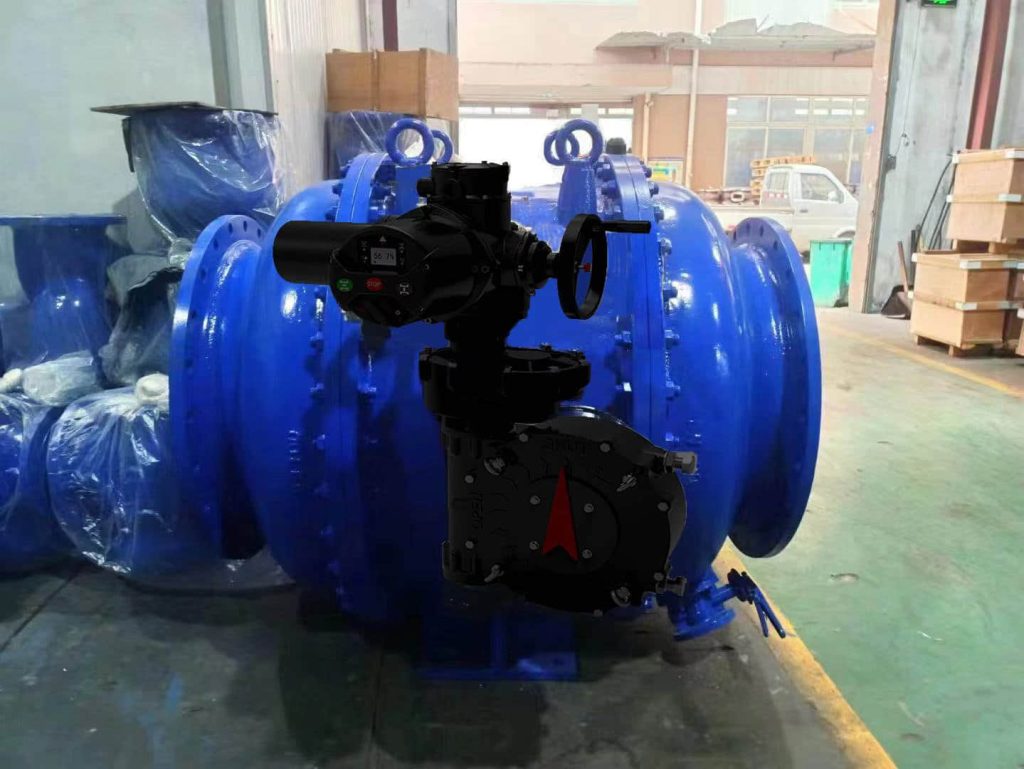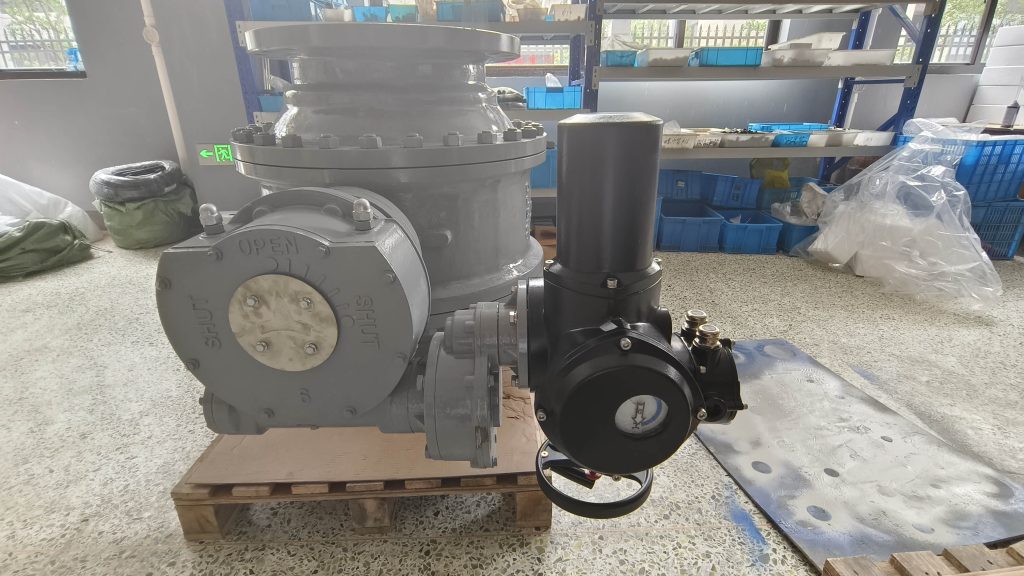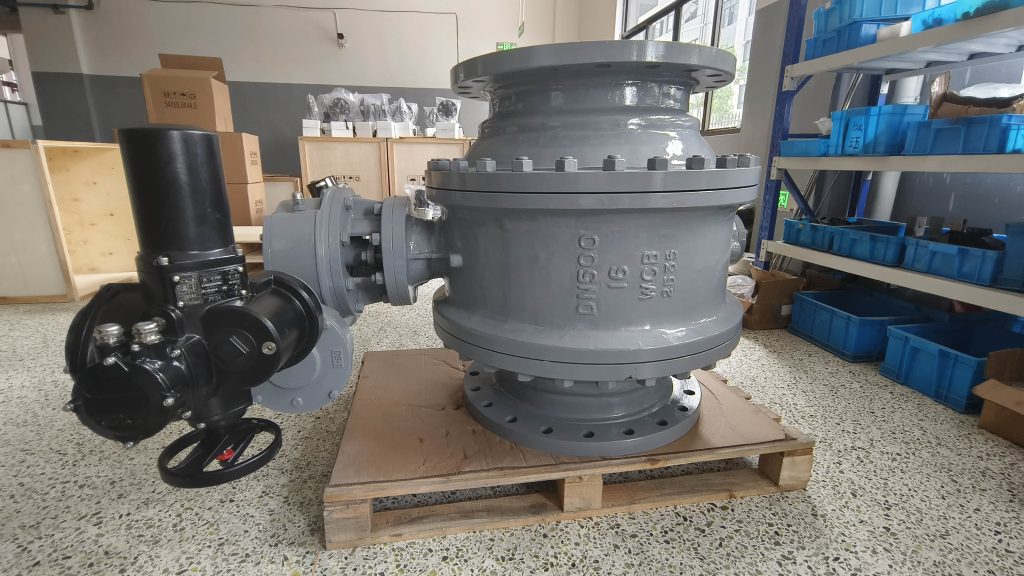As the world moves toward a greener, more sustainable future, hydrogen energy is emerging as a promising alternative to traditional fossil fuels. Its versatility, clean production, and potential to decarbonize various industries make it a valuable resource. One of the critical components in the hydrogen energy infrastructure is the hydrogen energy electric gate valve, an essential piece of equipment in managing hydrogen flow within pipelines and storage systems. This article explores the importance, function, and benefits of hydrogen energy electric gate valves in the context of a sustainable energy future.
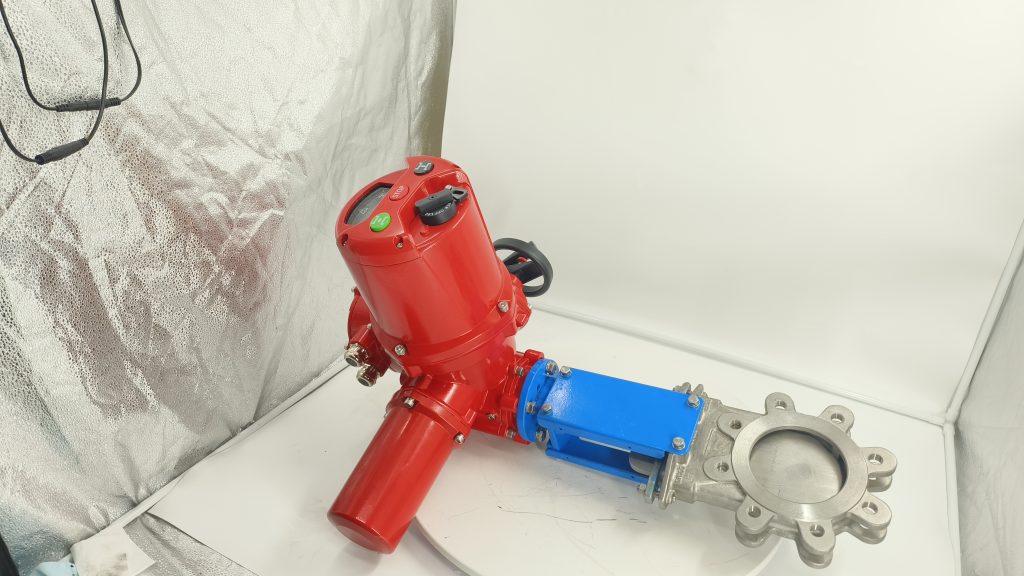
What is a Hydrogen Energy Electric Gate Valve?
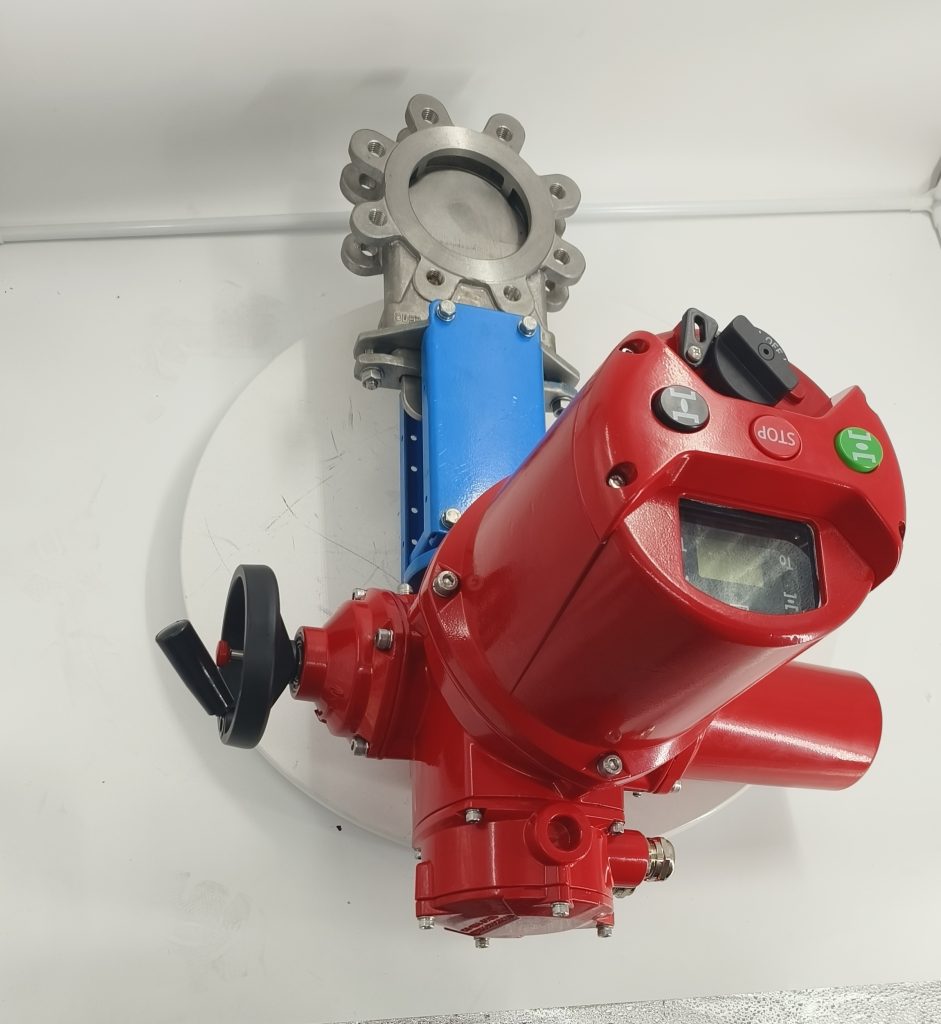
A hydrogen energy electric gate valve is a mechanical device used to control the flow of hydrogen gas in pipelines, tanks, and other systems that transport or store hydrogen. It functions like a traditional gate valve, with a sliding gate mechanism that opens or closes to regulate the flow of hydrogen through a pipeline. What differentiates it is the integration of electric actuators that allow for remote or automated operation, making it more efficient and safer in handling hydrogen, which is a highly flammable and reactive substance. Importance in Hydrogen Energy Systems Hydrogen is often touted as the “fuel of the future” due to its potential to replace fossil fuels in various sectors, including transportation, industry, and power generation. However, for hydrogen to become a viable energy solution, a robust infrastructure is needed to produce, store, and transport it. This is where hydrogen energy electric gate valves come into play.
